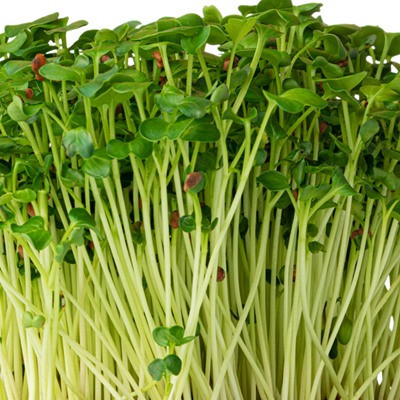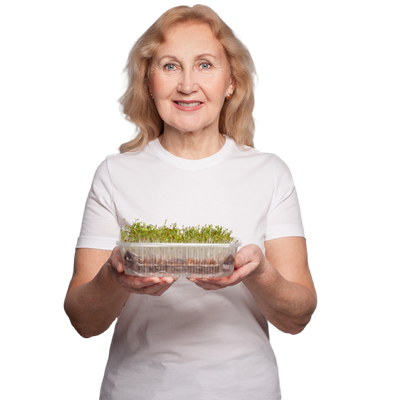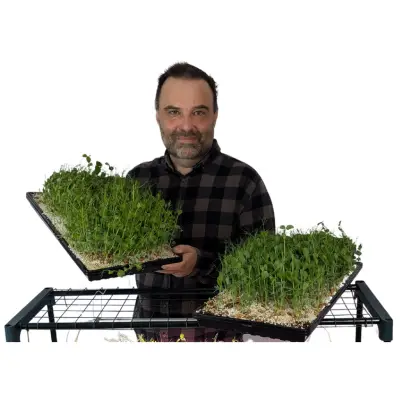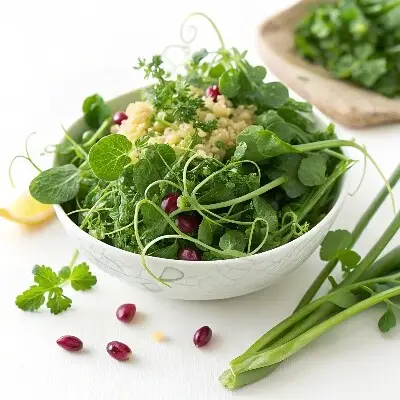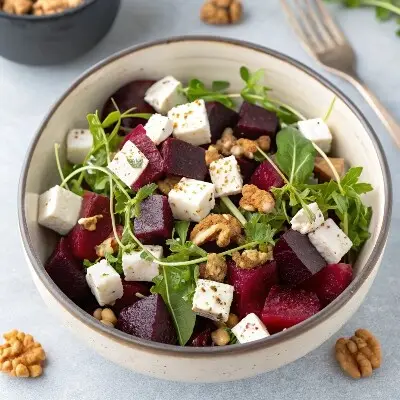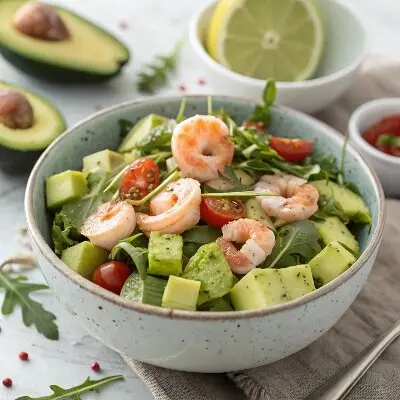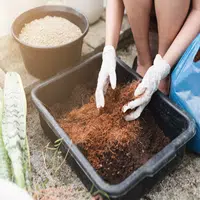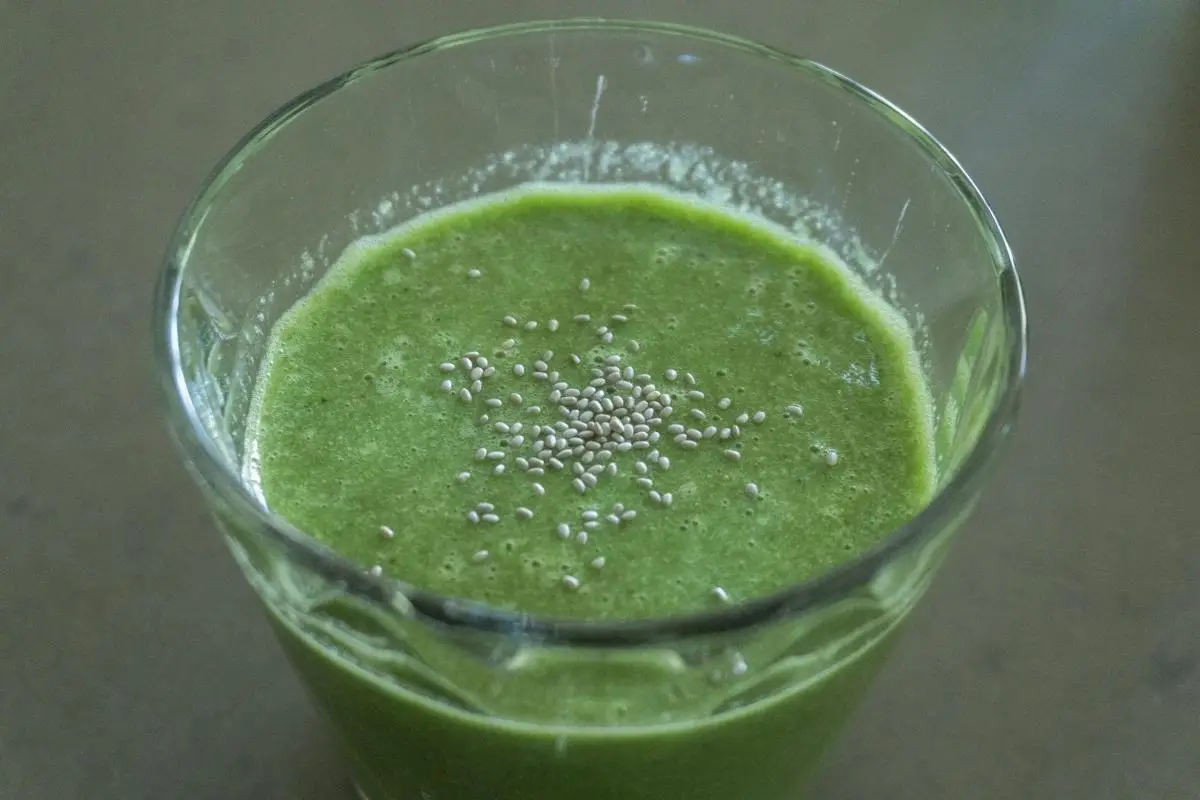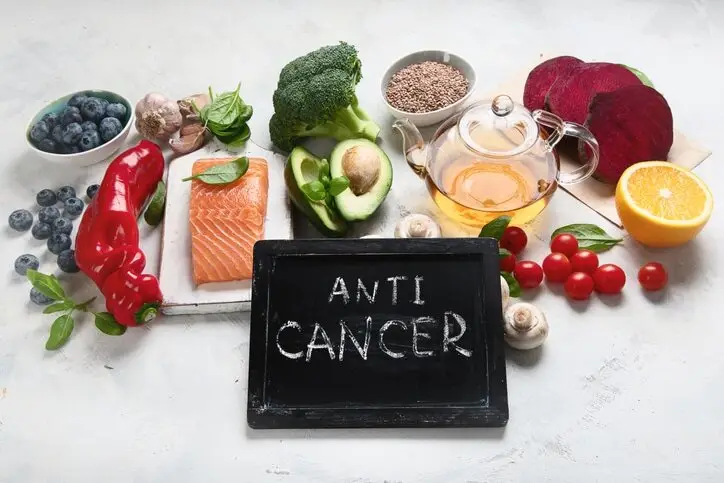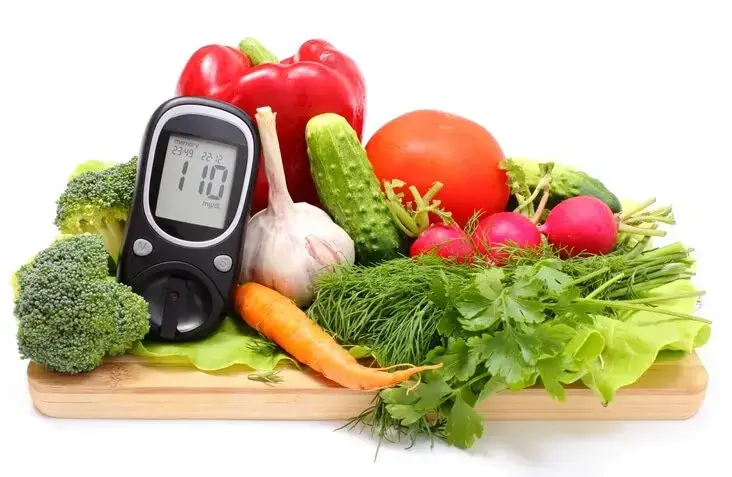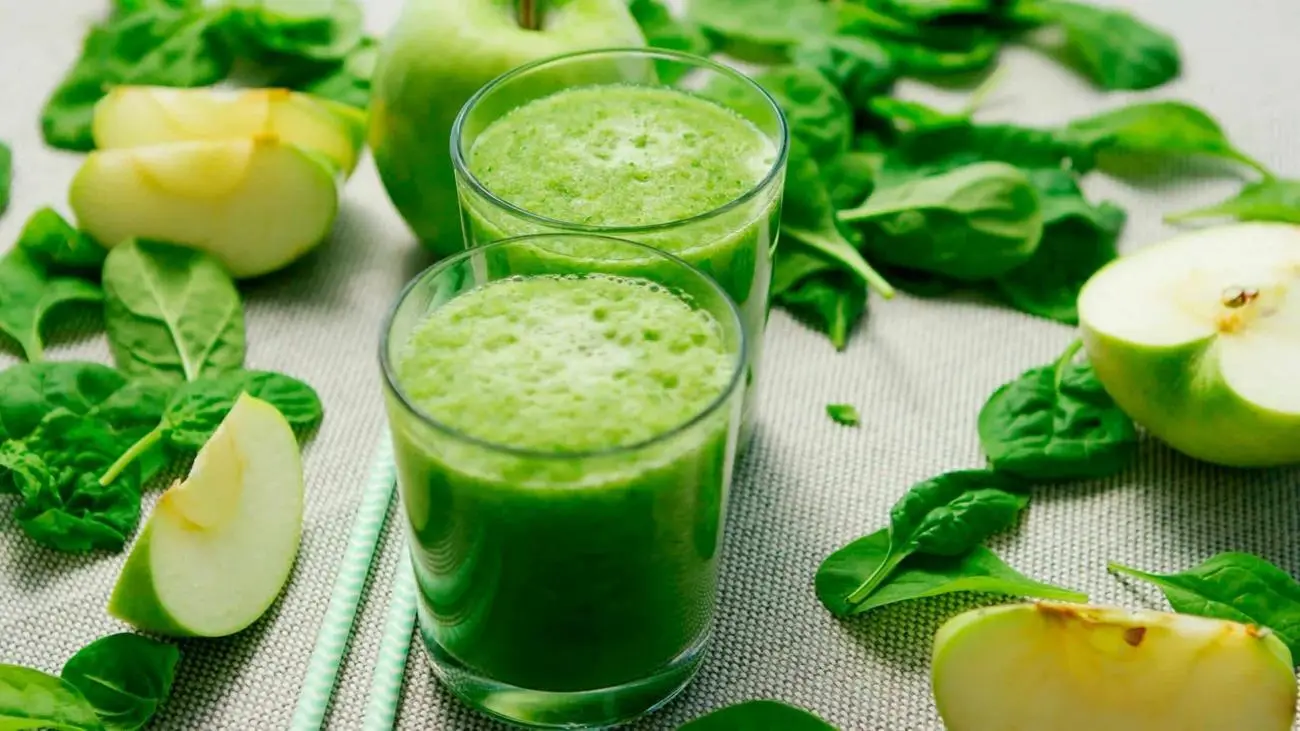Microgreen Powders: A Disease Fighting Powerhouse
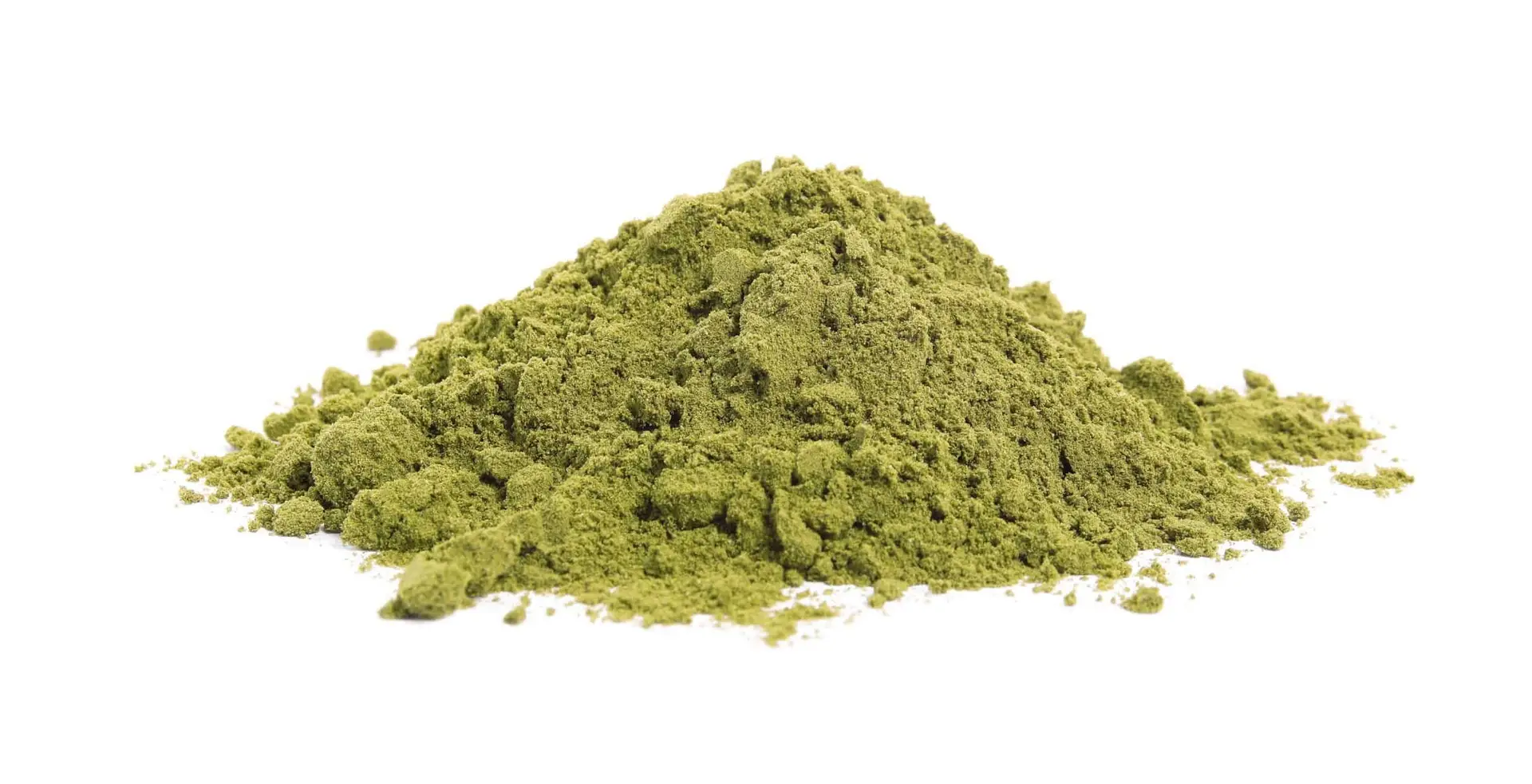
Introduction
As the world delves deeper into nutrition and health, microgreen powders are carving out a niche for themselves. Derived from the tender, young shoots of plants harvested when their nutritional content is peaking, these powders are being acclaimed as a disease-fighting powerhouse. The prime advantage? They retain all the freshness and nutrition of microgreens, but in a more convenient and accessible format, thanks to freeze-drying technology.
Understanding Microgreens and Their Nutrient Content
Microgreens are the seedlings of vegetables and herbs. Sprouting from the seeds of these plants, they graduate to the microgreen stage once the first true leaves emerge. This typically happens 7 to 14 days after germination. This swift harvesting ensures they retain the highest possible level of nutrients.
Freeze-drying these microgreens involves rapidly freezing them and then reducing the surrounding pressure to allow the frozen water to sublimate directly from the solid phase to the gas phase. This process preserves a concentrated level of the original nutritional value, while also maintaining the vibrant color and flavor of the fresh microgreens.
The nutritional profile of these freeze-dried microgreens is impressive. They’re dense in various essential nutrients including but not limited to, vitamins C, E, and K, beta-carotene, and other antioxidants. Different varieties also boast significant amounts of beneficial plant compounds like flavonoids and phenols, each adding its unique nutritional value.
Microgreen powders are often described as more potent than fresh microgreens due to their concentrated form. This is because the water content of the microgreens is removed during the freeze-drying process, leaving behind only the nutrient-dense plant material. This process makes the nutrients in microgreen powders more concentrated than in their fresh counterparts.
Furthermore, the convenience of microgreen powders allows for a higher intake of these nutrients. You can easily add a spoonful of microgreen powder to a meal or beverage, thereby incorporating a larger quantity of microgreens than you might if you were consuming them fresh.
However, it’s essential to note that while microgreen powders are highly concentrated, consuming fresh microgreens also provides beneficial dietary fiber and potentially a different nutrient profile that could be altered by the freeze-drying process. The best choice depends on individual dietary needs, preferences, and lifestyle considerations.
Moreover, while microgreen powders are a convenient way to add extra nutrients to your meals, they should not be used as a substitute for a balanced, varied diet that includes a range of different fruits and vegetables.
Link Between Nutrient Density and Disease Prevention
The correlation between nutrition and disease prevention is well-established. Consuming a diet rich in vitamins, minerals, and antioxidants is crucial for maintaining health and preventing diseases. Microgreen powders, thanks to their nutrient density, have emerged as a significant player in the prevention of diseases.
The nutrients found in microgreen powders contribute directly to health improvement. For instance, the high levels of vitamin C and other antioxidants help to combat oxidative stress, a key factor in various diseases, including heart disease and certain cancers. Beta-carotene supports eye health and may prevent certain eye diseases, while flavonoids and phenols have shown potential in reducing inflammation and the risk of chronic conditions like diabetes.
Microgreen Powders and Their Role in Fighting Specific Diseases
Increasing research suggests that freeze-dried microgreen powders may play a significant role in preventing and managing various diseases:
- Heart disease: Microgreens, rich in antioxidants that lower oxidative stress, a primary contributor to heart disease, are beneficial. Specific microgreens like red cabbage and radish sprouts, rich in compounds that lower ‘bad’ LDL cholesterol, can help reduce heart disease risk.
- Diabetes: Antioxidants in microgreens may help regulate blood sugar levels, thus reducing the risk of type 2 diabetes. Certain microgreens, like fenugreek, have been traditionally used to manage diabetes due to their potential blood sugar-lowering effects.
- Immune system health: The high levels of vitamins and minerals in microgreen powders contribute to a robust immune system, helping the body ward off infectious diseases. Vitamin C, in particular, is crucial for immune health.
- Cancer: Microgreens are packed with antioxidants that combat oxidative stress, a key factor in the development of cancer. They contain compounds that may have anticancer effects. Broccoli microgreens, for instance, are rich in sulforaphane, a compound under study for its potential to inhibit cancer cell growth.
While these studies are promising, they call for more research. It’s also essential to remember that microgreen powders should complement a balanced diet and traditional medical treatments.
Practical Ways to Incorporate Microgreen Powders into Your Diet
Incorporating freeze-dried microgreen powders into your daily routine is straightforward and delicious. They can be added to smoothies for a nutrient boost without affecting the taste significantly. Sprinkling them over salads or soups offers another quick method. For culinary enthusiasts, microgreen powders can be incorporated into homemade salad dressings, dips, or baked goods.
When choosing a microgreen powder, look for organic and non-GMO verified options. Check the label for any added ingredients – the purest form will typically contain only freeze-dried microgreens. While these powders offer numerous benefits, they should not replace whole fruits and vegetables in your diet, but supplement them.
Conclusion
Freeze-dried microgreen powders, with their potent nutrients and potential disease-fighting properties, are a convenient and powerful addition to a health-conscious diet. They represent nature’s power, condensed into a tiny, edible form. As part of a balanced, diverse diet, these powders may be the disease-fighting powerhouse we all need.
Disclaimer
The information provided in this article is for educational and informational purposes only and is not intended as medical advice. It is not a substitute for professional medical advice, diagnosis, or treatment. Always seek the advice of a qualified healthcare provider with any questions you may have regarding a medical condition. The author and publisher of this article are not responsible for any adverse effects or consequences resulting from the use of any suggestions, preparations, or procedures described in this article.


